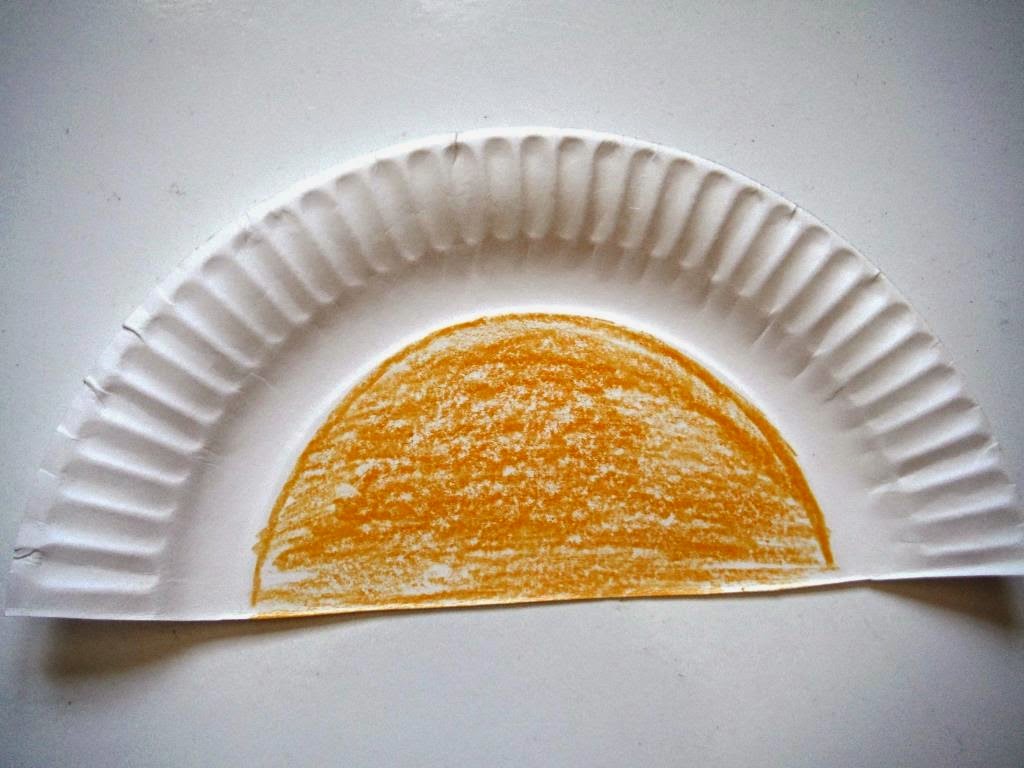How has a week gone by since I last shared anything here?
I was not quite sure until I went to pull up the pictures on our camera of what I sat down to write about today:
 |
| Nina's First Holy Communion banner |
It was then that I recognized what a full week we have had, which culminated in a most precious narration by Nina, which you'll find at the very end of this post.
In our second to last week of Lent, there was lots of catch-up to do after having recovered from a belly bug that had hit our family. There was also the usual array of chores, lessons and to do's. Plus, there have been some special activities, such as:
...stopping by our church to visit Jesus and pray on the Annunciation...
...building forts with friends in the snow. (Yes, snow! Spring in our area seems not to want to be outdone by the record-breaking winter we faced. So, since "Spring" officially began we have had snow more than once!) ...
...Thinking about warmer climates, though, we found ourselves immersed in African explorations as we planned and hosted our once-a-month Geography Club where fun like this unfolded...
... After mapping, expert reports and some on-your-feet cultural games, the kids made mock African necklaces and played traditional African skill and strategy games...
 |
... Late in the week, Luke led his third Duct Tape Battle Club meeting at a friend's home, starting the meeting off with prayer.
What is Duct Tape Battle Club?
It is an initiative Luke asked to create just after Christmas that I said, "Why not?" about and so glad I did. Getting together with friends to build duct tape weapons has been such a blessing to us. Not only are the meetings themselves so much fun, but the way Luke planned for the first eight club meetings, has stayed focused preparing for them, and has demonstrated budding leadership skills while running the initial three meetings truly makes me smile with pride and thanksgiving.
So, indeed, it has been a full and fruitful week!
A week that found us winding down on Saturday night, gathered around our kitchen table, immersed in the very activity I initially sat down to write about today: banner making!
While the boys made banners for their Duct Tape Battle Club, Nina put together the banner she has due today at her final First Holy Communion preparation class.
When I told Nina that she may be asked to present why she chose the symbols for her banner that she did, she blew me away by narrating the following:
I chose green for my name because when stuff grows, it has a stem and I am growing in love with God.
The blue background looked like water and fish are in the water. And, it looks like the bright sky.
I chose the fish because of the miracle that God made through his son Jesus when he broke the bread and multiplied the fish for so many people.
I chose the chalice to be gold because, in our church, the chalice is gold. I put rubies, sapphires and emeralds on the chalice. They are precious and Jesus' blood and body are precious. Plus, the jewels remind me of a king and he is the king.
The body (the host) has light coming out of it because Jesus is the light of the world.
Sometimes I end a week staring at all the things that I have not attended to and wondering where the week went. As I do, I can get to feeling discouraged and begin to berate myself about priorities, time management, etc. despite any of he goodness that has been so obvious during the week. Then, something as simple as looking at snapshots causes me to pause and to smile in gratitude at the experiences we are able to enjoy and the impact those experiences have upon my children's growth, understanding and development of our world and of our faith.
Likewise, words like the ones Nina shared about her First Holy Communion banner stop me in my tracks. They testify to the fact that my kids "get it". Despite our crazy busyness at times and despite all my personal failings, our Lord is working in their hearts and in their minds, shining glorious light and sharing unconditional love.
Wow!
A banner (or my girl's thoughts about it) seemed to speak to me this week with words of affirmation and encouragement: No matter what I do or fail to do, love and light can shine. May each of us remain steadfast and come to know God's amazing mercy and love as we journey through the final week of Lent and head into a glorious Easter season!



































